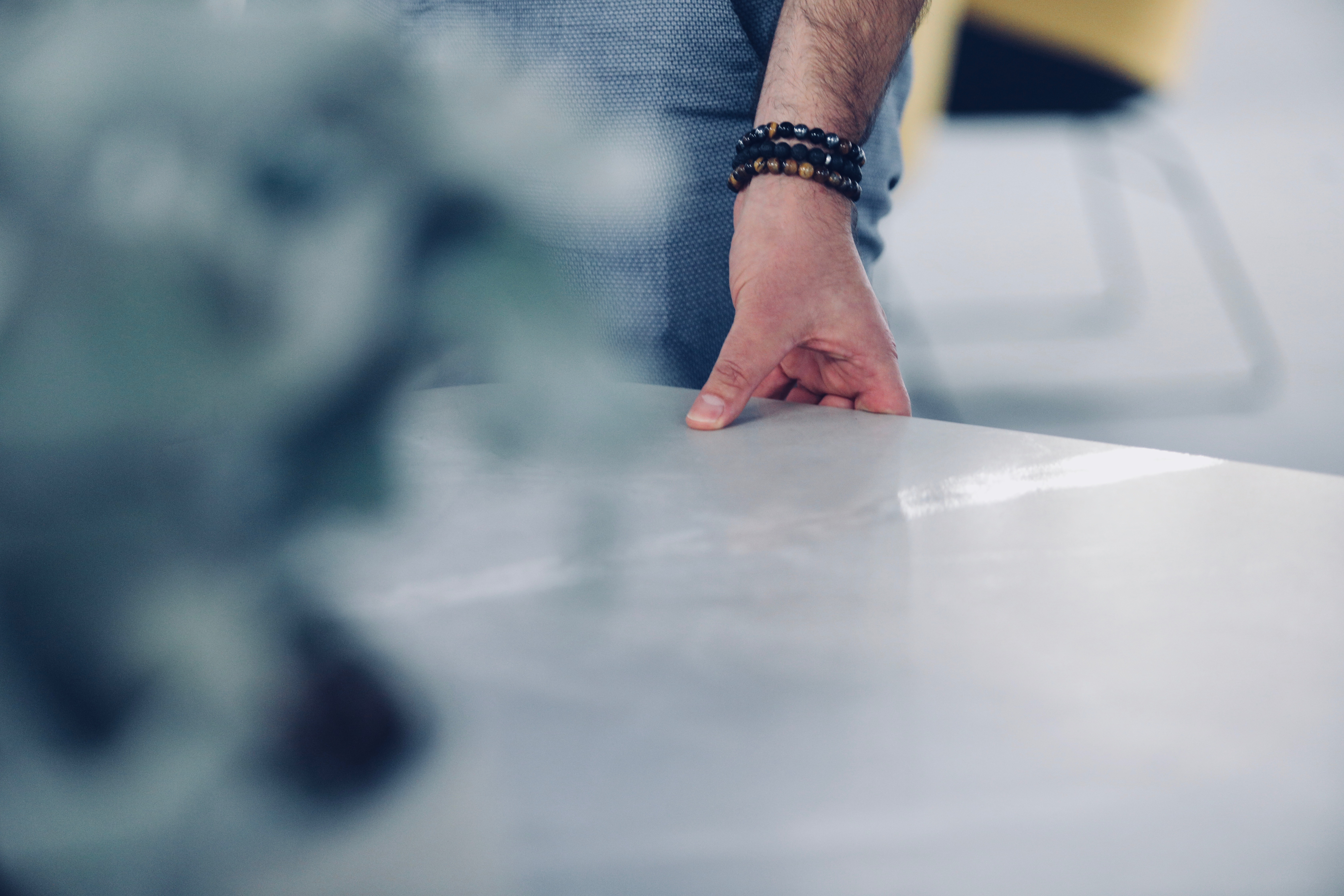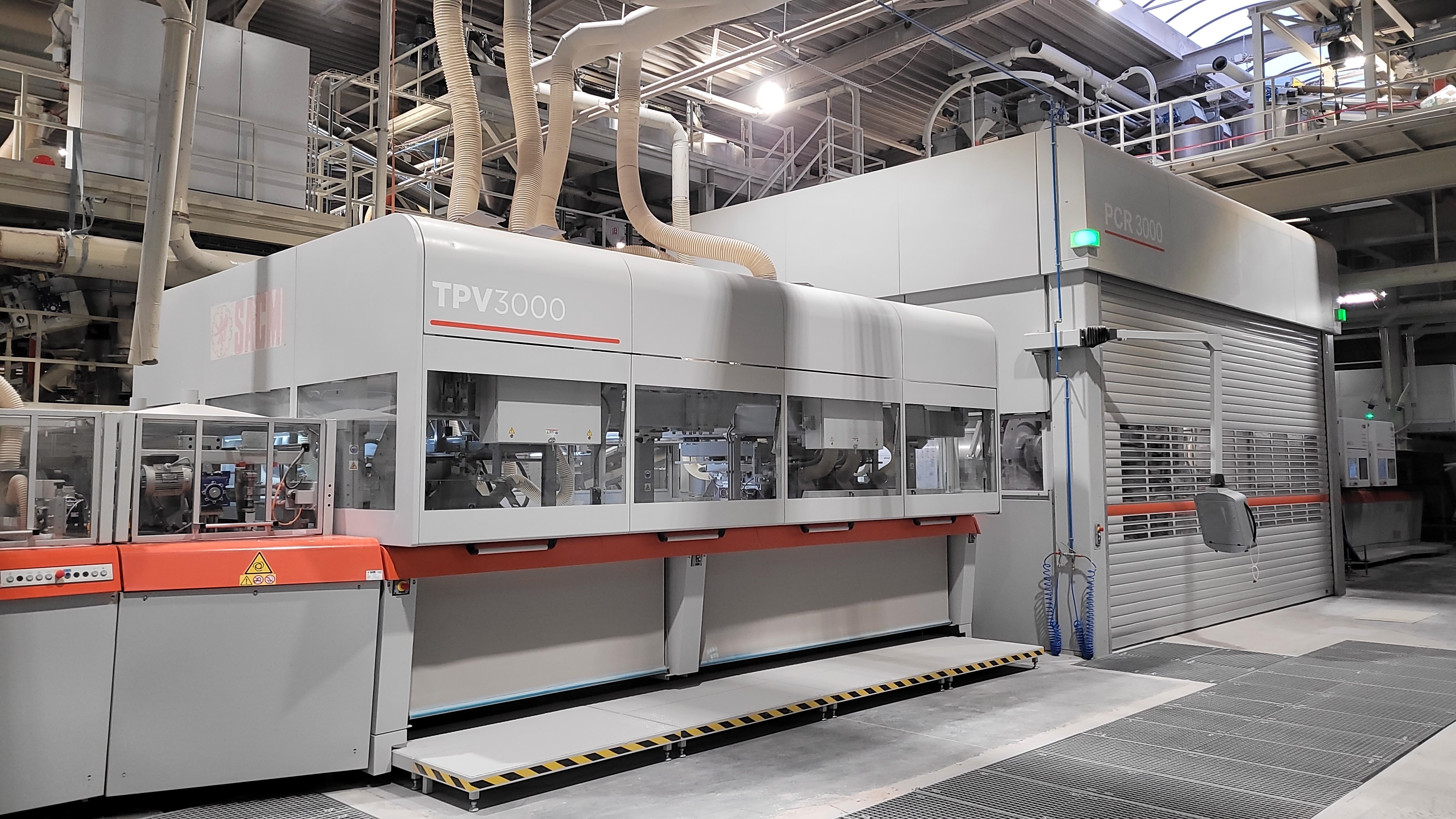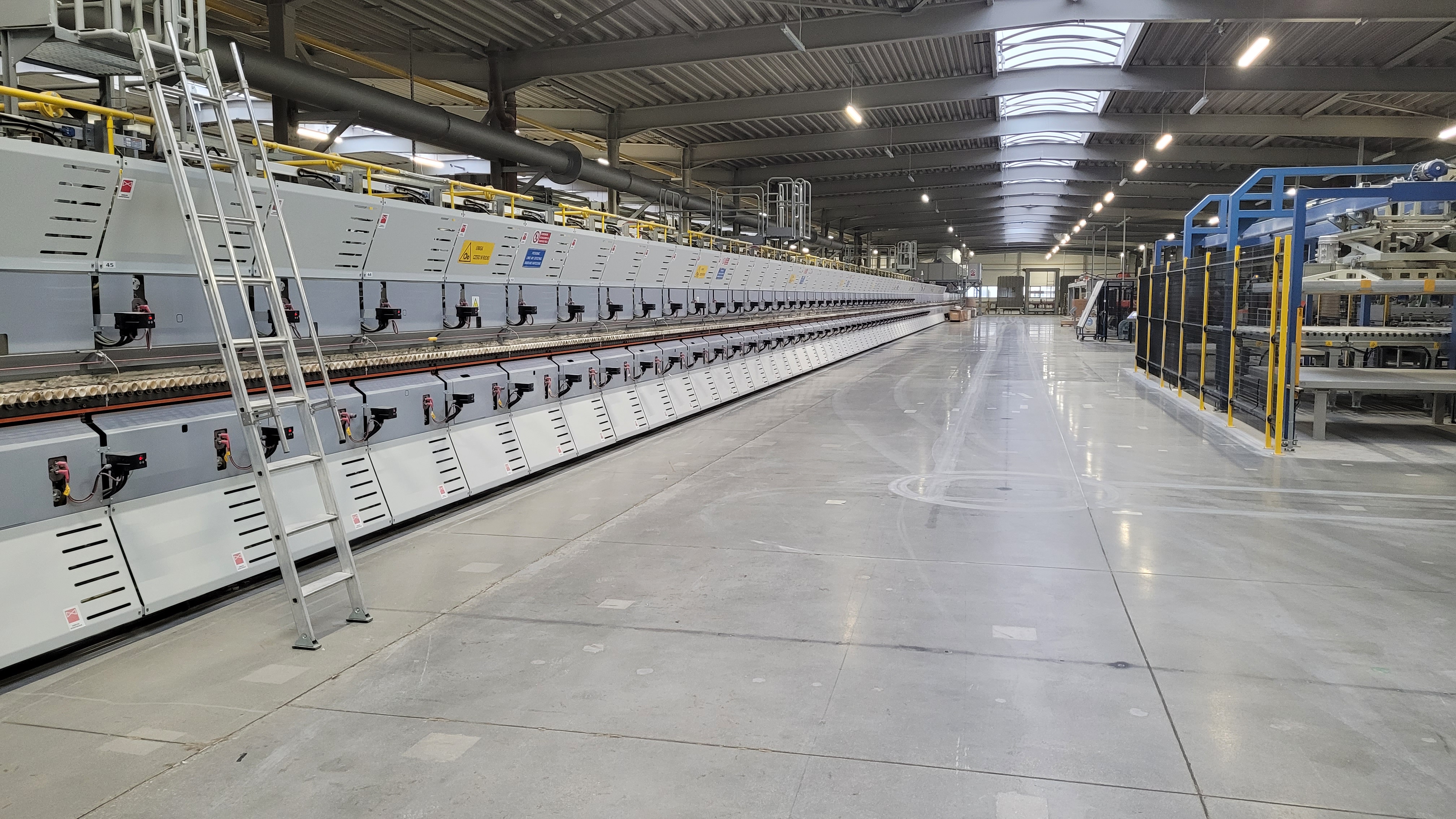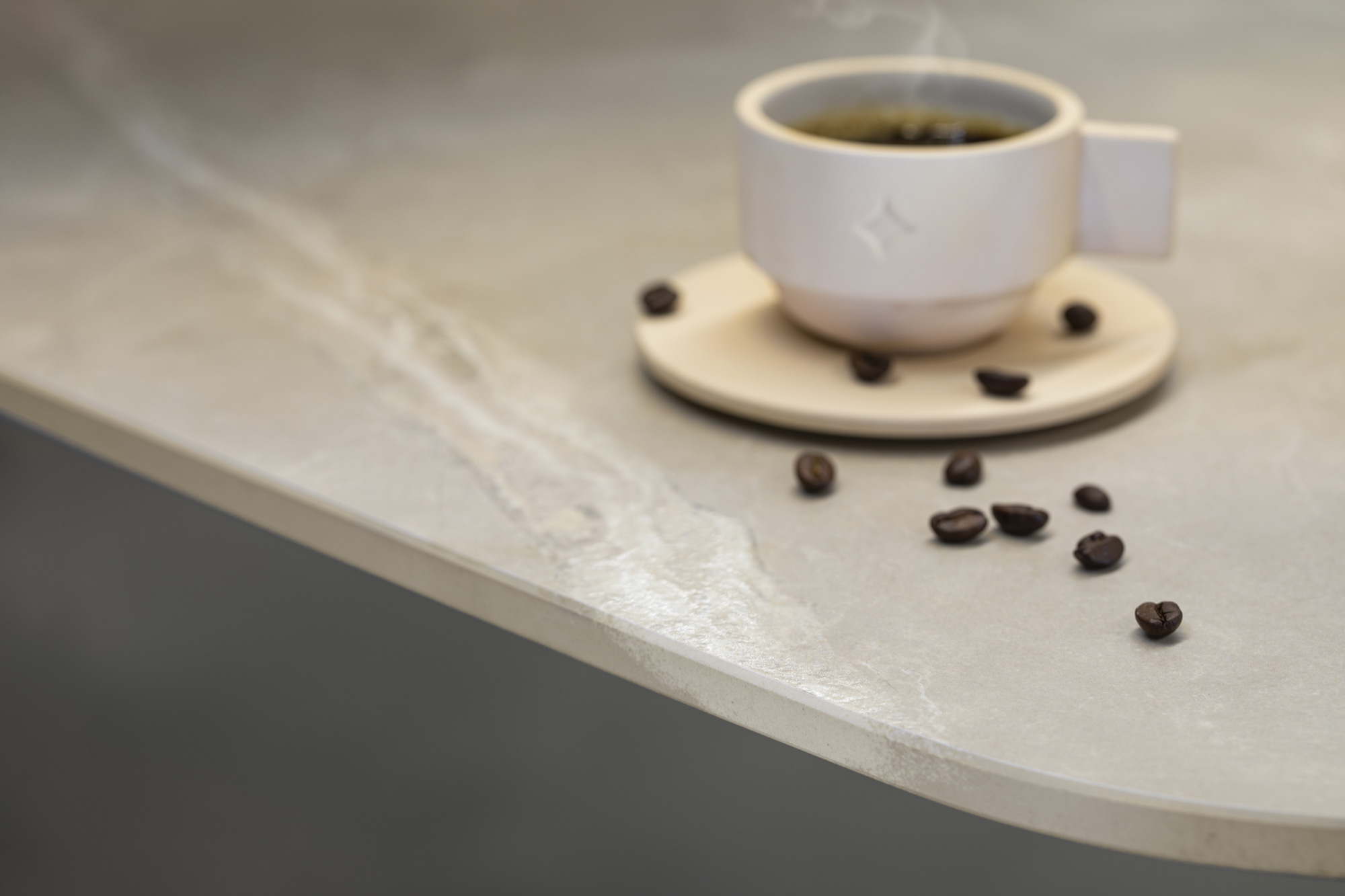Development of a new range of large-format ceramic tiles in BIa grès technology, according to the EN 14411 standard, with a unique decoration in the entire ceramic mass similar to the design of natural materials such as stone, wood

 Project title
Project title
Development of a new range of large-format ceramic tiles in BIa grès technology, according to the EN 14411 standard, with a unique decoration in the entire ceramic mass similar to the design of natural materials such as stone, wood
 Name of Beneficiary/Beneficiaries
Name of Beneficiary/Beneficiaries
Ceramika Paradyż Sp. z o. o.
 Name of programme
Name of programme
Smart Growth Operational Programme
 Competition
Competition
Fast Past
 Project value
Project value
PLN 125 757 216.97
 Funding value
Funding value
PLN 50 311 964.91
 Project delivery period
Project delivery period
from 01/11/2018 until 21/11/2022
Get to know our team
Ferdynand Gacki, Anna Poddębniak, Lena Zimnica, Maciej Pawlik, Maria Białek, Karol Goździk, Krzysztof Gnyś, Łukasz Jaciubek, Aldona Chudzicka, Przemysław Karczmarski, Edyta Kosińska
Have a look at the outcome of our work
What problem does our project solve?
Natural stone exhibits certain properties which, under conditions of intensive use, have a destructive effect on its surface. With large-format sinters, the natural beauty of the raw material is reproduced, but in a more practical form. Problems such as scratching, staining or brittleness as in the case of natural marble or, for example, resistance to UV radiation and high temperatures as in the case of conglomerates, have been eliminated by design. What is more, the rich design and the achievement of the ornamental effect of 'mineral veins' both on the surface of the sinter and in the cross-section (depending on the chosen product) make it possible to use a product which, after mechanical processing, refers to a natural raw material in the space. Compositional compatibility with other products by Ceramika Paradyż, as well as the possibility of making spatial objects out of sinters (flower pots, dining room tables, etc.) can significantly improve the aesthetics of interiors and the surroundings of objects. The wide possibilities of using large-format sinters will make it possible to use the beauty inspired by natural stone in places where it was not possible for functional reasons.
The depletion of natural resources is also an extremely important aspect. Thanks to this project, it is possible to prepare products that can successfully replace naturally occurring stone.
Who will benefit from the outcomes of the project?
Large-format sinters make it possible to execute almost any building surface, commercial or consumer one, for both the indoor and outdoor use. The products resulting from the project are new proposals for solutions such as: stairs, walls, window sills, kitchen and bathroom worktops, as well as entire facades - including ventilated ones. It is a solution for individual and business investors who want to maintain a consistency of design using a product with broad functional properties and inspired by a natural raw material. Sinters are also a material that can prove to be a stimulus for the development and expansion of stone companies, kitchen studios, as well as architects and designers. Arrangement consistency, combined with other products by Ceramika Paradyż, will undoubtedly please the users of new spaces, not only with aesthetic aspects, but also with practical ones.
What was the most challenging aspect of the implementation of the project for us?
The problems posed by the COVID-19 epidemic were the biggest challenge in the implementation of the project, which resulted in changes to the time schedule for project implementation and subsequent time extensions. This was primarily related to the stoppage of the deliveries of machinery and equipment, imported from Italy for the construction of the demonstration line, as well as delays in the delivery of raw materials and components for the production of large-format tiles. It was not without significance that the work implementing the project was held up, due to a lack of availability of human resources during that COVID period as well. Workers were subjected to home quarantine.
Our advice to other Applicants
In spite of various difficulties during the implementation of the project, sometimes associated with force majeure, we believe that it is worth applying for the European co-financing in this type of project through an intermediary institution such as the National Centre for Research and Development, because by implementing all the activities to which we committed ourselves, we are increasing our level of competitiveness in our industry and becoming an even more important player not only in the domestic arena, but also in Europe and the world. With such a high level of opportunity for project co-financing, we believe that in some cases we would not have been able to afford as a company to undertake such large-scale projects, which enabled us to enhance our personnel development and know-how.




